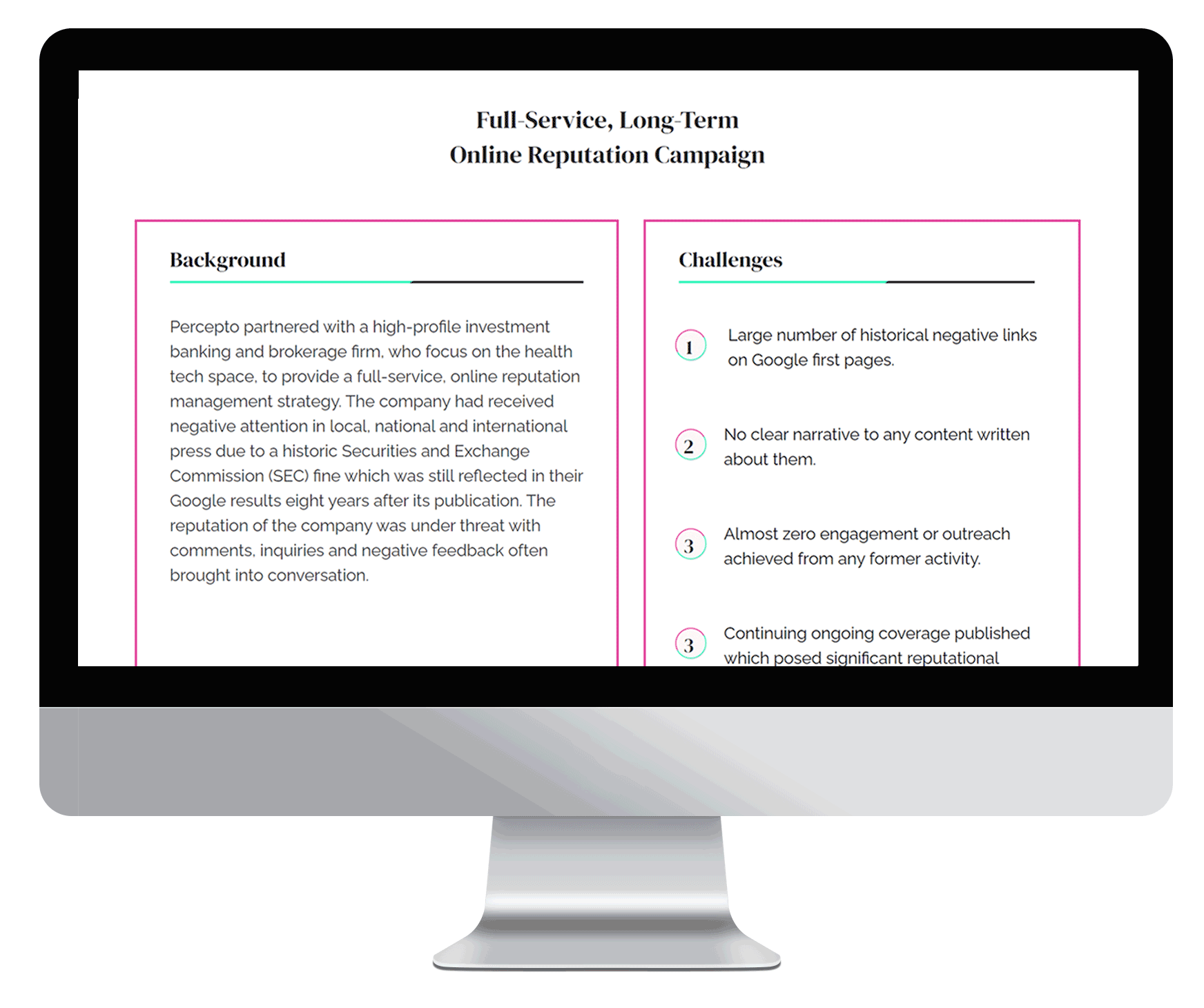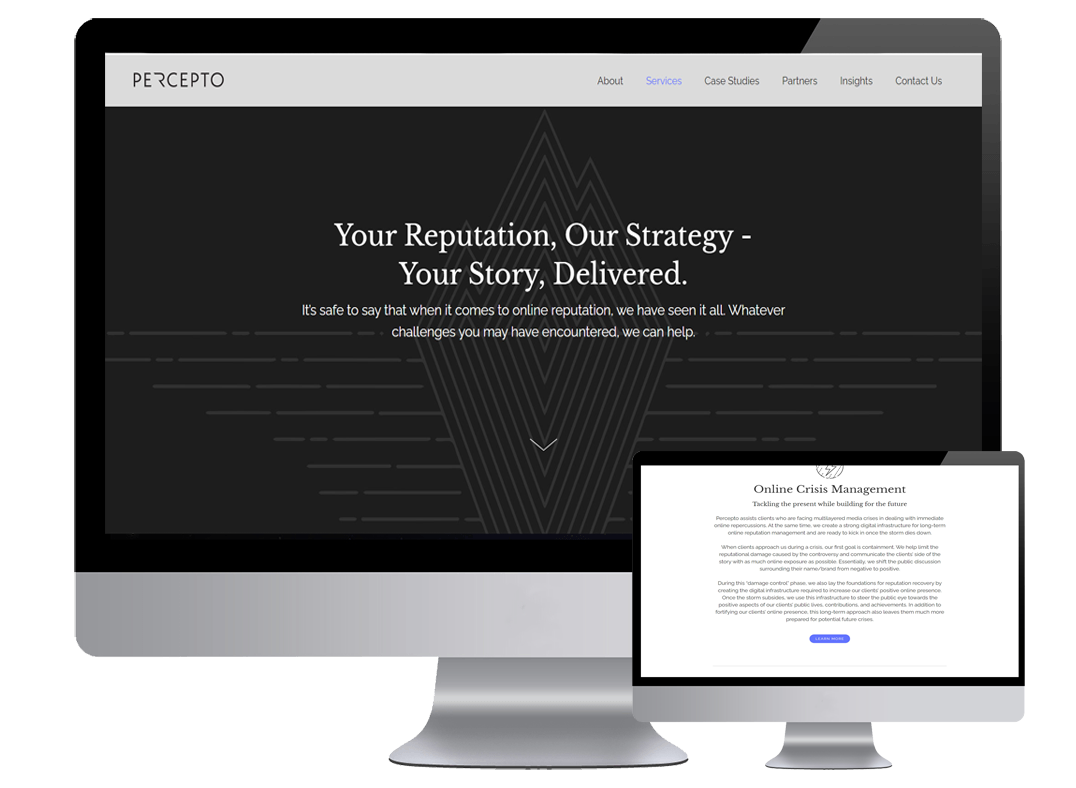Rebranding a website can help a company present itself in a more professional, trustworthy, and engaging way. For example, a new color scheme, logo, or website design can signal to visitors that the company is up-to-date and relevant. Similarly, a revamped messaging strategy can help the company better articulate its mission, values, and competitive advantage, which can build credibility and trust with potential customers.
When rebranding a website to improve online reputation, it’s important to take a comprehensive approach that involves all aspects of the website, including the visual design, content, user experience, and search engine optimization (SEO) strategy. This means conducting a thorough audit of the existing website to identify areas that need improvement and then developing a clear roadmap for implementing changes that will enhance the user experience, improve search engine visibility, and strengthen the company’s brand image.
Overall, rebranding a company website about online reputation can be a valuable investment that can help the company attract new customers, retain existing ones, and build a stronger reputation in the marketplace.
The first step in the process would be to conduct research to gain insights into the company’s target audience, competition, and industry trends. This would help identify the key messages that the website should convey and the design elements that would be most effective in capturing the audience’s attention.
The website’s messaging should be revised to reflect a bolder and more direct tone. The language should be concise and engaging, and the content should be organized in a way that emphasizes the company’s strengths and unique selling points.
The website’s design should also be updated to reflect the new brand identity. This could include a new color scheme, typography, and imagery that convey a sense of boldness and directness. The design should be visually appealing, easy to navigate, and optimized for mobile devices.
Finally, the website’s branding elements, such as the company logo and tagline, should be revised to reflect the new brand identity. The logo should be updated to reflect the company’s bold and direct messaging, and the tagline should be revised to communicate the company’s strengths and unique selling points.
Overall, rebranding a digital PR company website from safe to bold and direct is a complex process that requires careful planning and execution. By focusing on the key elements of messaging, design, and branding, the website can be transformed into a powerful marketing tool that effectively communicates the company’s value proposition and drives business growth.
Introspection
Conduct a brand audit: Start by reviewing your current brand identity, messaging, and overall strategy. Identify what’s working and what needs improvement. Consider how your current branding aligns with your company’s values and mission.



Market Research
Define the target audience: Identify the group of people you want to reach with the rebranded website.
Conducting surveys and focus groups: to gather feedback on the current website and of the proposed rebranding. Asking participants about their perceptions of Percepto, what they like and dislike about the current website, and what they would like to see in a rebranded website.
Analyze competitors: Looking at the websites of competitors who have a bold and direct approach. Analyzing what they are doing right and what you can learn from them. Look at their website design, content, and messaging to see how they are positioning themselves in the market.
Analyzing website analytics: analyze your website traffic and engagement. This gives insights into which pages and content are most popular, which pages are causing visitors to leave the site, and how visitors are interacting with the website.
Conducting keyword research: identifying the most relevant and popular search terms in the reputation and PR industry to optimize website content for search engines, which improves visibility and attracts more traffic to the new site.
Strategy
Define your brand strategy: Next, define your brand strategy by identifying your unique value proposition, target audience, and brand messaging. Determine how you want to position your firm in the market and what sets you apart from competitors.


Redesign
Going Public
After I developed a new brand strategy and visual identity, it was time to implement it. This involved updating the website, social media profiles, marketing materials, and other brand touchpoints.
6 months after the launch, the company website visitor statistics rose 67%.





